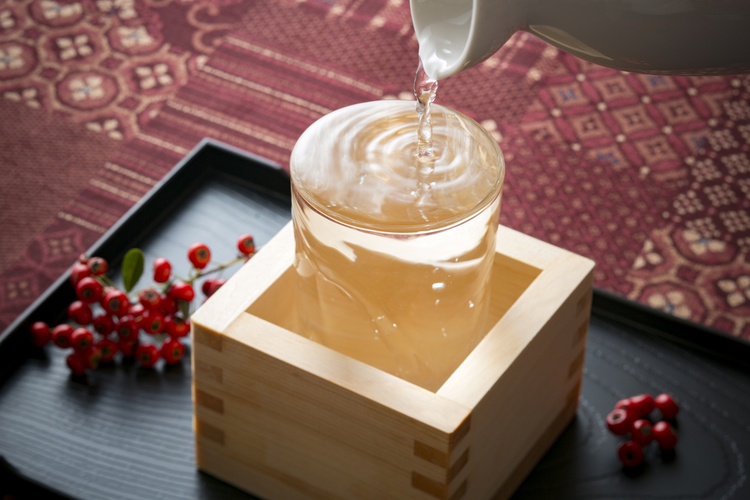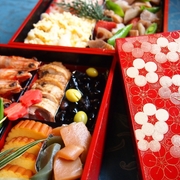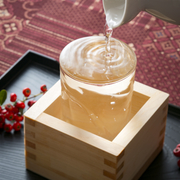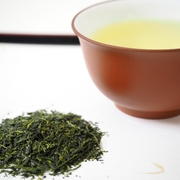Sake (no added brewing alcohol) made only with rice, rice koji (mold) and water under prescribed requirements are basically “Junmai” and are all specially designated sake.
The ones made with rice, mold and Junmai brewing alcohol, is regarded as Jyozo.
Among fermented beverages, the ones which do not apply to the criteria of the total weight of polished rice used, are displayed as “Seisyu” or “Nihonsyu”, not as specially designated sake.
The differences on the taste are rich and sweet with flavor of rice for Junmai-syu, and light and dry with rich scents for Honjozo-syu.
The higher rice polishing ratio it has, the clearer taste it does.
For your information, Ginjo is an alcoholic beverage fermented at lower temperatures and for longer time.
Especially, Daiginjo has unique flavor.
“Nihon-syu” is also called as “Sei-syu”.
Nihon-syu and Sei-syu are both made with rice, rice mold and water, fermented and filtrated, but Nihon-syu specified the ones made with rice mold produced only from domestically-grown rice among Sei-syu.
It means that Sake made with foreign-grown rice and abroad cannot be displayed as Nihon-syu, but Seisyu, even if both are made from the same process.
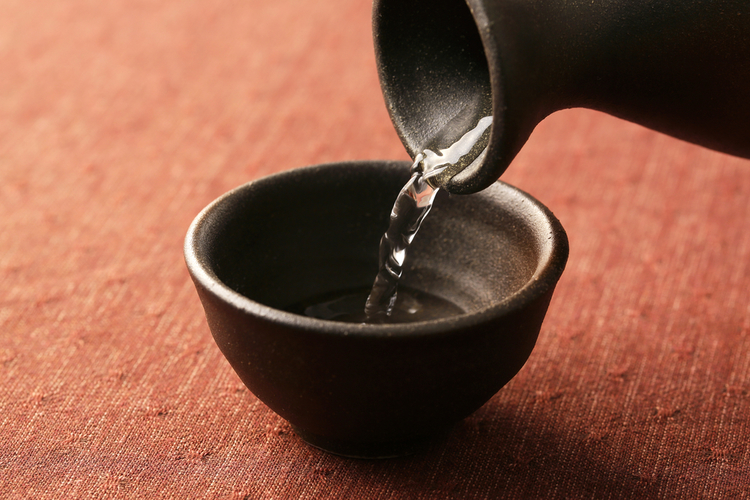
Nihon-syu has developed along the time rooting in lives of Japanese people since ancient times.
Its delicate and complicated taste have been highly evaluated and attracted attentions from the world.
Nihon-syu has interesting background, but many of you may find it difficult to pick one among so many kinds.
Especially, many of you are not sure about the differences between Ginjyo-syu and Jyozo-syu, and those between hard and soft water.
Here, let’s walk through the basic information about Nihon-syu such as its styles, history, ingredients, alcohol content, and cosmetic effects.
Not only to beginners of Nihon-syu, but also to those who have already had interest, it would be great to deepen your knowledge to get closer to Nihon-syu and to enjoy its taste.
History of Nihon-shu
It is no clear exactly when Sake made with rice was born, but in the Yayoi period, Kuchikami no sake, which was fermented by enzyme in saliva, existed.
In the Nara period(710-794), Sake made with rice and water mold was born but it did not have good taste since it was only the blended.
The producing process which became the basis of the current step preparation was developed in the Heian period(794-1185), but in those days, Nigori-zake (cloudy sake) was mainstream.
The currently-used traditional process was mostly established in the Muromachi period(1336-1575).
The techniques of lactic acid bacteria, fermentation, filtration have been all used at that time.
In the Edo period(1603-1867), the technique of Sake prepared and made in the winter was introduced.
After the Meiji period(1868-1912), the new techniques of Sake production with soft water and Sokujo-style* were established.
*Sokujo-style: The process of adding lactic acid, which exterminates bacteria, artificially to yeast, which changes sugar to alcohol.
Before this development, it took labor and time to have lactic acid generate, but this process made yeast mash making more efficient.
Most of the current Nihon-syu are made with this process.
Rice and Water as Nihon-syu ingredients
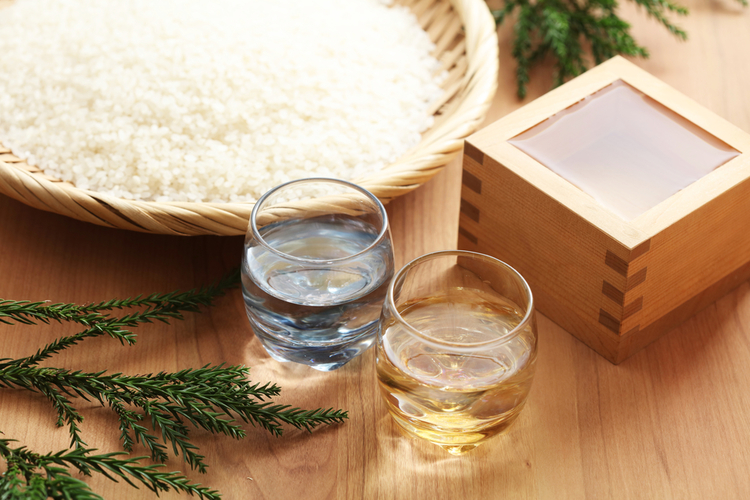
While wine is made from grapes, and whisky from barley, Nihon-syu is made from rice.
The rice as ingredients is different from white rice normally eaten, but is sake-brewing rice.
Sake-brewing rice has a bigger grain and high water-absorbency, which includes lots of starch, which is necessary for Sake-producing, at its core.
Especially, it is a characteristic that the part called Shinpaku, which includes starch a lot, is bigger.
Having Shinpaku makes it easier to have mold and saccharify starch.
The number of the brands of Sake-brewing rice is more than 100 in Japan.
Yamada-nishiki, Miyama-nishiki, Omachi, Gohyakumangoku are well-known.
Especially, Yamada-nishiki is produced in more than 30 prefectures in Japan.
Water is also important essence for Sake-producing. It is said that water decides its taste.
Especially, the hardness of water affects on it.
The hardness is determined by the amount of magnesium and calcium in water.
If the amount is high, it is called as hard water and low as soft water.
Hard water tends to bring sharp and strong taste, and sort water does soft and sweet.
In Japan, soft water is common, but Mount Rokkosan in Hyogo and Mount Iwatesan are well-known for hard water.
Japan Alps has mid-hard water.
Either hard or soft water can be used for Sake-producing, but until the Edo period, using soft water was hard to apply to Sake-producing, which led to use hard water.
Hard water with the high amount of minerals activate yeast more without failure.
In the Meiji period, the brewing process with soft water was discovered and Sake-producing with soft water widely spread.
Soft water is suitable for Ginjo-syu, which is produced by fermenting at lower temperatures.
Styles of Sake

Nihon-syu is mainly with rice and rice mold.
The function of mold changes starch to sugar, which is transformed to alcohol by yeast.
Among Nihon-syu, the most interesting point may be the difference between Junmai-shu and Hon Ginjo-syu.
Japan’s Liquor Tax Act defines Nihon-syu mainly classifying into 2 styles; Specially designated sake and the others.
Specially designated sake refers to the Sake produced from designated ingredients and the process, with koji-rice, which must be equal to at least 15% of the total weight of polished rice used, and rice certified as upper than the 3rd grade by Agricultural Products Inspection Act.
Other than that, it is called Futsu-shu (ordinary sake).
*Agricultural Products Inspection Act: The act defines agricultural products inspection system, which inspects grades of agricultural products such as rice, wheat, soy and the registered inspection organization controlling its inspection.
This inspection certifies production area, variety, production year of rice.
It has detailed standards, which grades rice to 1st, 2nd and 3rd.
Specially designated sake is divided into 8 styles by ingredients and Seimai-buai (rice polishing ratio).
First, ingredients define 2 types; the one made only from rice, mold, and water, and the other with brewing alcohol.
Among these 2 styles, 4 varieties are classified by rice polishing ratio, which shows the degree of rice polishing.
Rice polishing removes excessed protein and fat, which cause unfavorable taste and bitterness.
For example, when rice is polished out 40% to remain 60%, rice polishing ratio is 60%.
For your information, when it is called as polished rice, rice polishing ratio is 90%.
Sake (not added brewing alcohol) made from rice under prescribed requirements, rice mold and water is basically Junmai-shu and Specially Designated sake.
Jumai is made from rice and rice mold only, and adding brewing alcohol makes it called Jozo.
Among Jozo-syu, Sake with rice polishing ratio not specified on the above is NOT Specially Designated sake, but is mainly displayed as “Seisyu” or “Nihon-syu”.
The differences on the taste are rich and sweet with flavor of rice for Junmai-syu, and light and dry with rich scents for Honjozo-syu, which includes brewing alcohol.
The higher rice polishing ratio it has, the clearer taste it does.
For your information, Ginjo is an alcoholic beverage fermented at lower temperatures and for longer time.
Especially, Daiginjo has unique flavor.
“Nihon-syu” is also called as “Sei-syu”.
Nihon-syu and Sei-syu are both made with rice, rice mold and water, fermented and filtrated, but Nihon-syu specified the ones made with rice mold produced only from domestically-grown rice among Sei-syu.
It means that Sake made with foreign-grown rice and abroad cannot be displayed as Nihon-syu, but Seisyu, even if both are made from the same process.
Alcohol Content
How much alcohol is contained in Nihon-syu.
Actually, Japan’s Liquor Act defines the alcohol content of Nihon-syu as less than 22%.
The alcohol content of Nihon-syu is generally around 15-16%.
Compared with wine of around 12%, and beer available in Japan of 4-6%, the alcohol content of Nihon-syu is higher among brewed alcohol in the world.
Recently, low content alcohol with 8% or so is developed, and also it is not classified as Nihon-syu, but the Sake with the alcohol content of 38%, which is produced by compressing the concentration on freezing process, is introduced.
For your information, as for spirits, which is made by distillation of brewed alcohol, whisky and brandy has the alcohol content of around 40%, and Shochu (distilled liquor) of 20-30%, which is relatively high.
Best season for Nihon-syu and Seasonal Sake and Events

Nihon-syu is available around a year, but there is the “best season” for it.
Spring is to enjoy its fresh taste, and autumn to taste its natural deep flavor.
It is strongly related to Sake-producing in Japan. Normally, Sake is prepared and produced during autumn and winter, and freshly produced Nihon-syu is available in spring.
On the other hand, in autumn, preserved Sake gets matured. You can enjoy its natural flavor.
That is why wide varieties of Sake become available in each season.
For example, in spring, “Shinsyu” “Kizake”, meaning “new”, “Arabashiri”, the first-run Sake coming through squeezing fermenting mash, “Origarami”, which has white lees called Ori, and in autumn, “Hiyaorishi”, the Sake not pasteurized for the second time after aging, “Akiagari” (definition may differ from each Sake brewery), the Sake Pasteurized for the second time.
Nihon-syu with long history has been deeply rooted in Japanese seasonal events and cultures.
There are the seasonal Sake as below.
- From New Year’s Day to January 7th: Otoso to celebrate a new year
- Doll Festival on March 3rd: Tokasyu with soaked peach flowers or Shirozake to toast
- Children’s Day on May 5th: Shobuzake/Ayamezake (Sake with iris) to toast
- Festival of Stars on July 7th: Takezake in a bamboo container
- Chrysanthemum Festival on September 9th: Kikuzake with steeped chrysanthemum to pray for longevity
Other than the above, there are the Sake for spring, Hanamizake (to enjoy cherry blossoms), for summer, Okurizake (to enjoy it on sake cup reflecting the scenary of bonfire in Kyoto in the Obon period).
In autumn, Tsukimizake to enjoy the beauty of the moon, and in winter, Yukimizake to enjoy the snow.
Why don’t you enjoy various Sake to feel the taste of each season?
Nihon-syu for Beauty? How to use?
Nihon-syu is said to include more than 100 active ingredients by fermentation.
Among those ingredients, some of them work well for your beauty.
Rice mold has whitening effect to suppress the melanin, which causes stains and freckles.
Also, Nihon-syu moisturize skin with amino acid, which is the main component of collagen, produced from fermentation.
With this effect, Nihon-syu is used for skin lotion.
In addition, it has many cosmetic effects like diet amino acid, which works for slimming.
Bath additives are produced with Nihon-syu, too.
It is also said that the scent of Nihon-syu relaxes you, warm your body and improve the blood circulation.
It is recommended to spend relaxing and calm time in warm Nihon-syu bath.
Needless to say, Nihon-syu is also used for cooking.
Nihon-syu has several effects such as removing the smell of fishes, emphasizing flavors of materials, softening, not only adding its natural flavor.
In Saijyo in Higashi-Hiroshima-city, Hiroshima, where is famous for Sake-producing, the pot dish called “Bisyu Nabe (good sake pot)” is well-known.
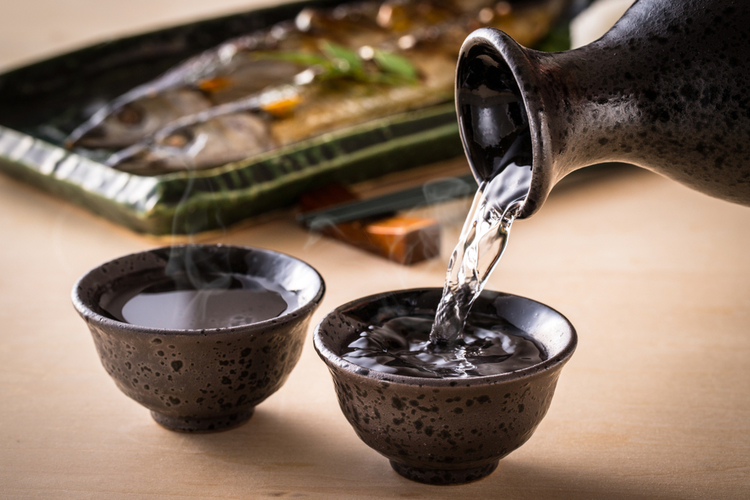
Summery
Thus, Nihon-syu has been developed with various backgrounds with many styles, ingredients, history, seasonal events.
We hope you now feel familiar with Nihon-syu.
Japanese climate and ancestors’ wisdom have created Nihon-syu with Japanese unique process.
Why don’t you enjoy it delicate and deep flavor with attention to over-drinking?

